I am referring to the scheme described at page 11 of this paper: https://arxiv.org/pdf/1904.10890.pdf.
Instead of having a test set and large train set broken down into 5 folds, you take whole dataset and create 6 folds. Then each of the 6 folds is considered as the "test set" for the other 5 folds. The idea is the you end up using the whole dataset as a test set. Plus, you get 6 sets of performance metrics instead of just one.
I don't know much about tidymodels besides recipes (which I love). Will tidymodels allow me to do something similar to this, or should I just use {rsample} to create the 6 folds and then build a custom approach?
